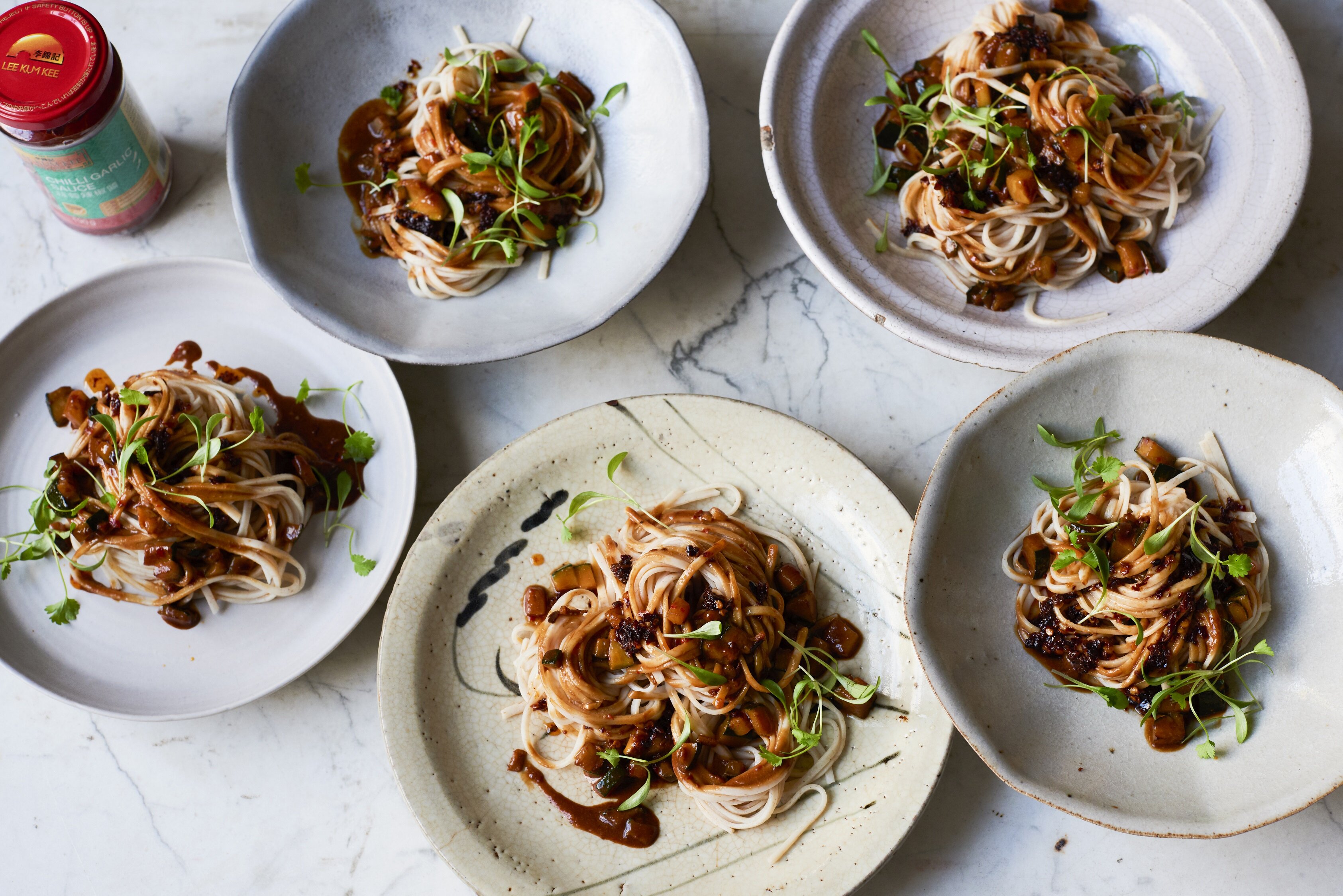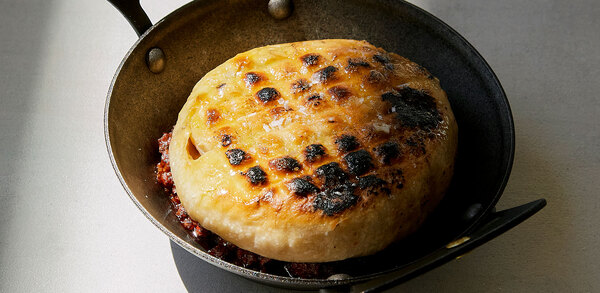Sauces with sizzle
Whether it’s Japanese miso, Chinese soy or Thai curry, Asian flavours are perennially popular with diners, and there’s a host of readymade sauces and spices for chefs to recreate authentic dishes, says Will Hawkes
Not an inch of space is wasted at Miso Tasty’s offices in East London. At one end is a tiny kitchen, with an adjacent table stacked with the company’s products, while across the room are long wooden worktables and shelves heaving with books, including Miso Tasty: The Cookbook, which founder Bonnie Chung wrote in 2016.
An eight-strong team works here, in a unit at Hackney Downs Studios, amid an eclectic blend of other small companies: a hairdresser is next door, with a company making “cocktail sorbets” one further along. Chung is a bit sheepish about the state of the office – “It’s quite untidy,” she says – although in truth it just seems busy.
Which is appropriate, because Miso Tasty is making waves at the moment, not least in the restaurant world. It is about to launch a new menu at Nanban, Tim Anderson’s Japanese restaurant in London’s Brixton, where some of his classic recipes will be remodelled using Miso Tasty products. It’s an exciting prospect but, as Chung points out, he’s not the only chef experimenting with miso.
“Tim is quite true to the Japanese style,” Chung says. “There’s a bit of fusion, but it’s proudly Japanese-inspired. I see so many miso dishes in non-Japanese restaurants now. There’s always some sort of miso cod, miso salmon dish or maybe there’s a dressing using miso. And it’s become such a popular ingredient for vegan and veggie food, where miso adds umami yet it’s naturally vegan. Quite often, whenever you get some sort of veggie option on a menu, it’s either got miso or tofu in it. It’s a shortcut to protein, to flavour.”
Miso has advanced hugely in the UK since miso soup first made its way onto the Pret A Manger menu more than a decade ago. It’s the sign of a food culture that is increasingly at home with the best stocks and sauces from around the world, particularly from Asia.
Miso magic
Miso Tasty began in 2014, when Chung decided to turn her passion for traditional miso into a business. The company makes a variety of products, but the most interesting from a catering viewpoint are red and white miso. “Very broadly speaking, the lighter the miso, the lighter the flavour, and it has a more of a sweet note,” Chung says. “The darker the miso, the deeper the flavour. They are made from the same ingredients, but it’s the fermentation time that’s a really important factor in developing miso flavours.”
Chung’s eyes light up when you ask what dishes she uses miso to make. “Oh, my favourite is miso aubergine – it’s got to be,” she says, describing a dish in which aubergines are simmered in a paste made from red miso, sake, sesame oil, mirin and sugar.
“I also like it when I see chefs using it in non-traditional ways, like mashed potato, grilled vegetables or salad dressings. You’re adding this depth of flavour that you can’t always identify. It’s nice to see it on everyday dishes.
“I’ve noticed more and more miso butter on menus as well. That’s when an unsalted butter is mixed with the miso: the richness of the butter cuts the tanginess of the miso.”
The rise of miso and other Japanese options hasn’t gone unnoticed by the big players. Nestlé Professional believes its Chef black garlic paste offers the “sweet and umami” flavours that make Japanese food so memorable.
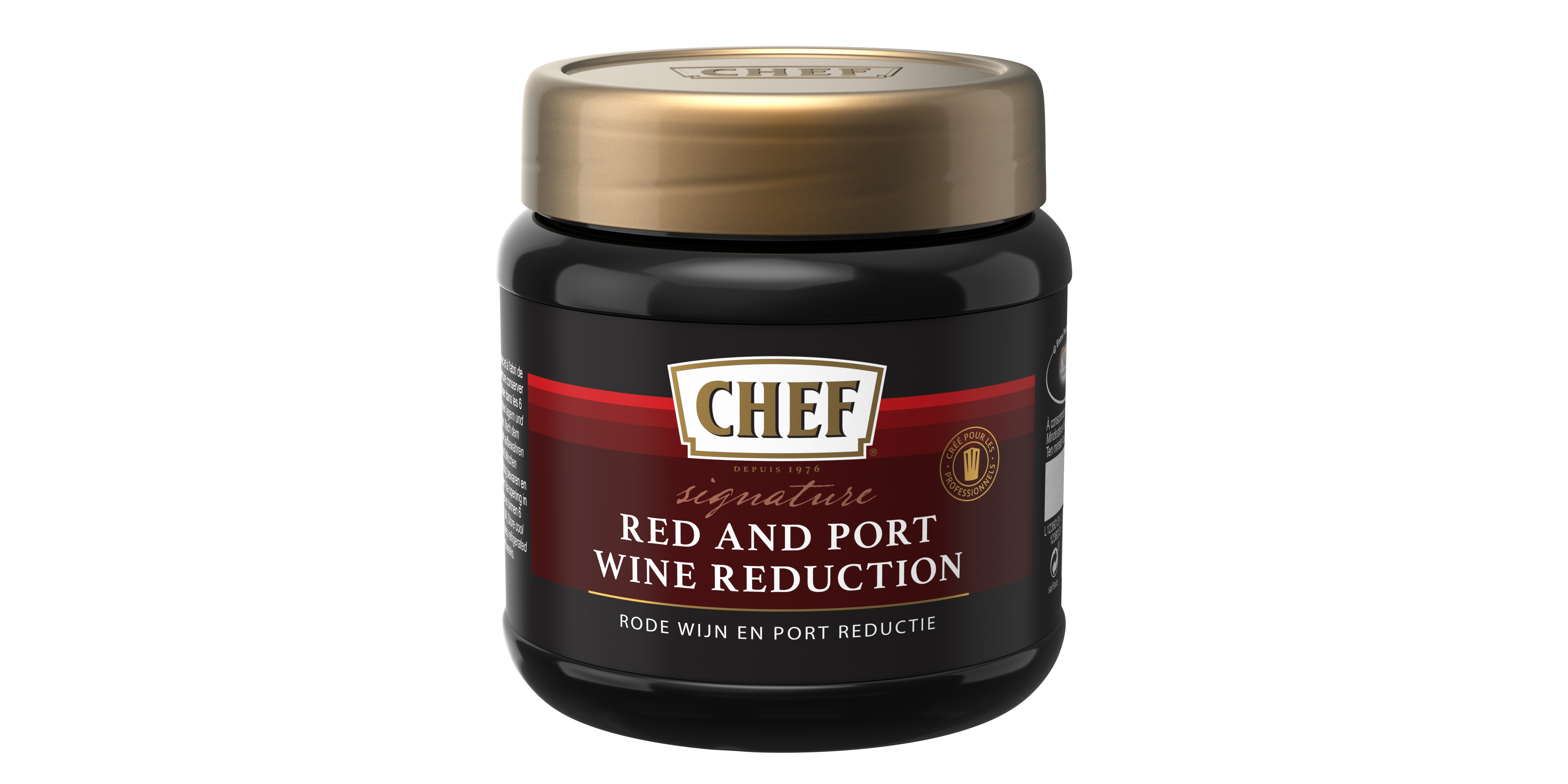
Andrej Prokes, chef consultant at Nestlé Professional, says: “A recent report showed that 92% of food industry leaders predict that global cuisines will continue to grow faster than any other over the next five years, in particular, Korean and Japanese food.
“With the Tokyo Olympics taking place in summer 2020, we expect consumers to become more curious, experimental and confident with trying Japanese dishes, ingredients and flavours.”
And then there’s togarashi, a Japanese spice blend that is one of five new options recently added to the Lähde foodservice portfolio by EHL Ingredients (the others are Middle Eastern baharat, panch phoron from eastern India, a spice mix for Persian ghormeh sabzi, and Egyptian dukkah).
“Brits have an ever-evolving love affair with international food and are always open to new flavours and tastes, so it’s important for operators and caterers to offer a variety of quality, authentic dishes with innovative flavour combinations,” says Tasneem Alonzo, joint managing director. “Togarashi is a traditional Japanese blend of peppers, chillies, peppercorns, seeds and nori. It has a variety of uses and is commonly sprinkled on noodles or rice, or added to grilled meats, chicken, tempura, rice cakes and crackers.”
Flavours of Asia
Like Japanese food, Chinese cuisine offers plenty of options for the smart caterer. One of China’s most famous food producers, Lee Kum Kee, published a report this year which revealed that while four in five Brits eat ‘Oriental’ cuisine, there are still plenty of exciting ingredients and flavours for them to explore – 46% of consumers had not heard of glass noodles and only 35% had tried tofu.
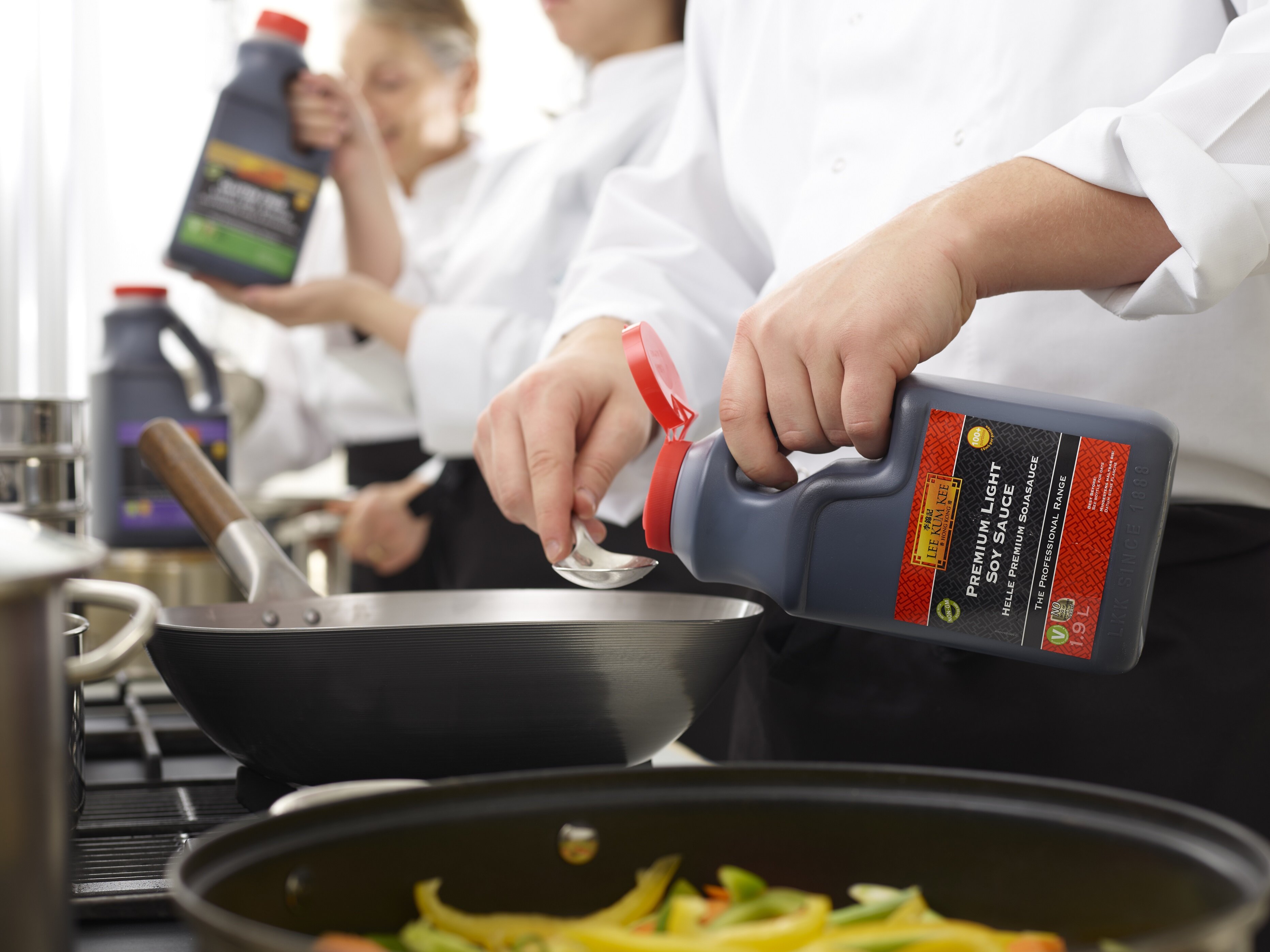
The company offers a variety of foodservice sauces, including gluten-free oyster sauce, teriyaki sauce and hoisin sauce. “These are concentrated products that provide chefs with classic, authentic Chinese flavours, while offering them the freedom and creativity to adjust the taste with other ingredients and develop their preferred flavour profile or blend of traditional and the exotic, in Oriental and Western dishes,” says Maria Chong, managing director of Lee Kum Kee Europe. “It’s about giving chefs the opportunity to be creative while using quality, authentic flavours.”
Wing Yip, meanwhile, has picked out a variety of trends: red and green Thai curry paste continues to be popular, as does sriracha. Chinese curry sauce has remained one of Wing Yip’s best-selling sauces, laksa paste has seen a 300% increase in sales and there has been a marked increase in sales of aged soy sauces.
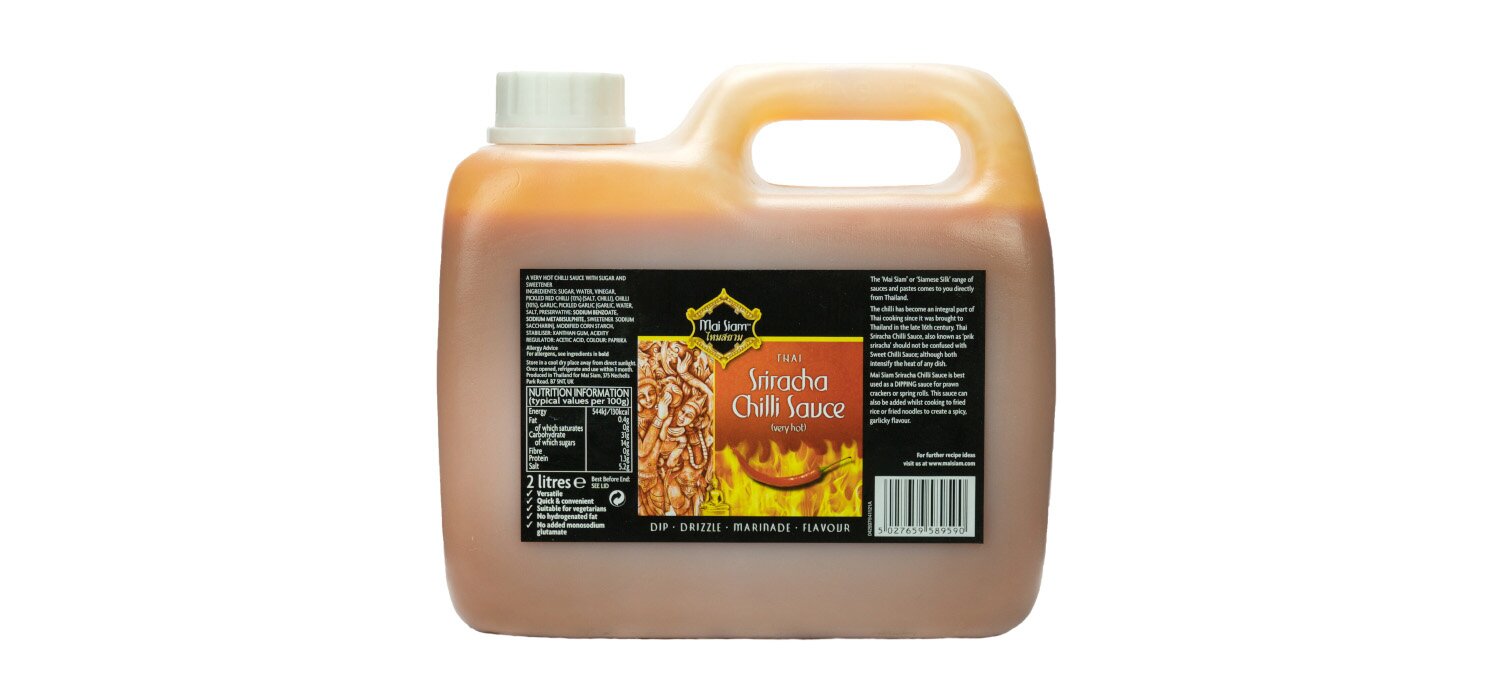
Its Mai Siam sauces “can boost creativity in the kitchen”, according to director Ennevor Yap. “They can be used for marinating ribs or cubes of pork and chicken, as well as for glazing meats and vegetables before grilling,” he says. “They can also be added to the wok as a cooking sauce for stir-fries and rice dishes.”
Indian food never goes out of fashion, and Lion has recently introduced a range of Indian sauces that, it says, “provide the perfect base for a whole variety of dishes”. The range includes spiced lemon dressing, tamarind sauce and sweet chilli sauce. “The sauces, many of them handmade, were developed by chefs to make it simple to create Indian-influenced dishes that are a little different from the usual fare,” says company ambassador Ben Bartlett.
Take stock
According to wholesale company Creed Foodservice, there are key things to look out for in any sauce. “When choosing a stock or sauce, caterers should always read the label,” says Rob Owen, executive business development chef.
“You should be looking for a clean deck of ingredients. It is also always a good sign when the first ingredient on the label mirrors what the flavour of the stock is – for example, beef stock should have beef as the primary ingredient, thus ensuring you get a true flavour.”

Essential Cuisine, meanwhile, is keen to highlight its sauce collection. “It’s integral, when designing a stock product, to find the compromise between something that can, with minimal prep, be used straight out of the pot, but can also be personalised, allowing those with the requisite time and skill to get creative,” says Chris Dickinson, innovation development chef. “This ethos is perfectly encapsulated in the Sauce Collection – a three-strong range of concentrated bases in peppercorn, wild mushroom and lobster flavours.”
Then there’s Nowt Poncy, with its range of sauces – from arrabbiata to Creole – which are handcooked in the company’s kitchen in Lancashire, and which it says contain “no nasty additives”, preservatives or refined sugar.
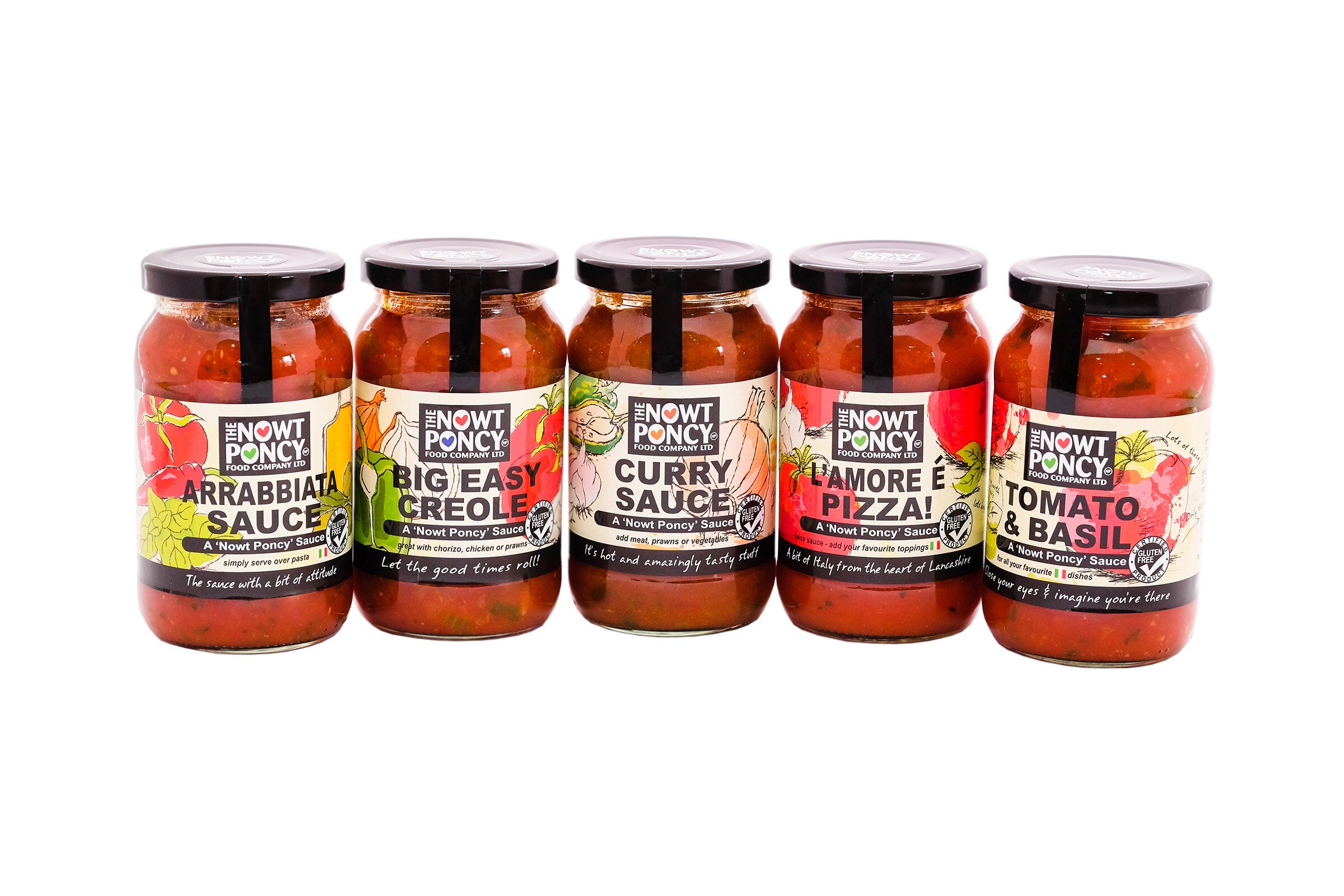
For those looking to make their own stocks, the VarioCookingCenter from Rational UK could be the right option. It constantly monitors the sauce or stock and the “intelligent cooking technology” is designed to allow even semi-skilled chefs to come up with perfect results. Rational says the VCC cooks four times as fast as conventional cooking appliances, and consumes up to 40% less energy.
Back in Hackney, Miso Tasty has agreed a deal with Chozen Noodle to allow customers to trade up a soy-based broth for one made with miso; after success in three venues, it’s being rolled out nationwide. “I think 60%-70% of people are to trading up, which is great,” says Chung. The miso revolution is picking up pace.



